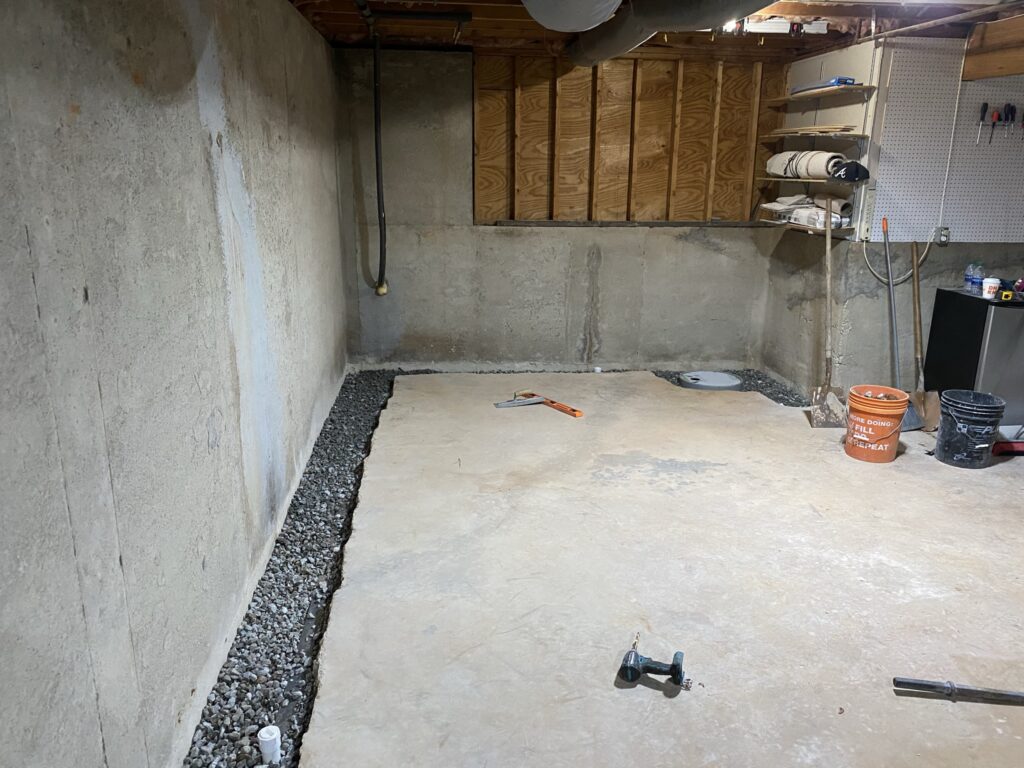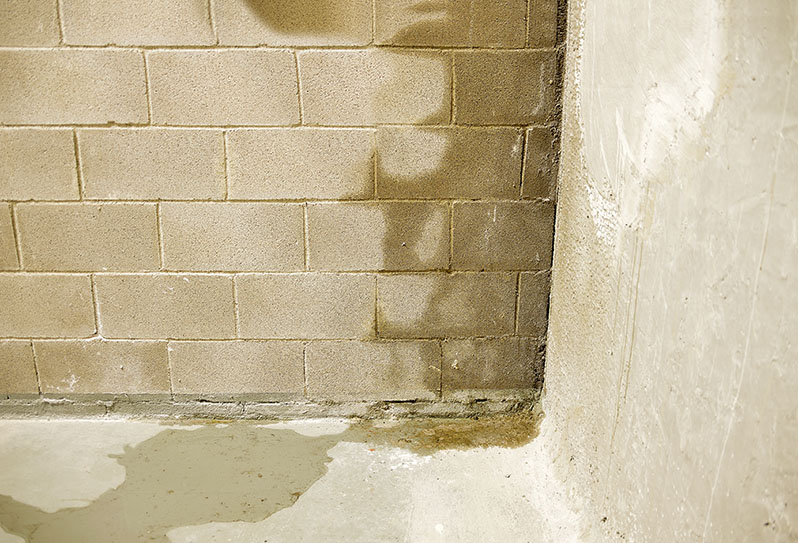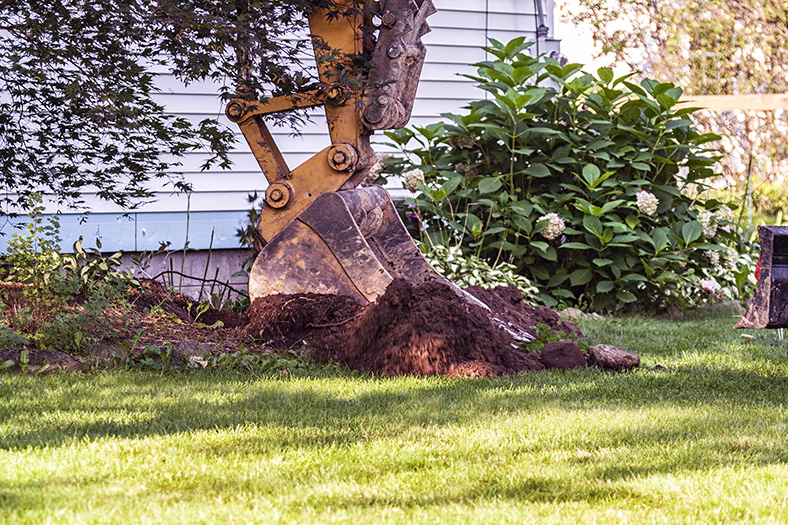Basement Waterproofing Lilburn
Are you tired of dealing with water in your basement? If so, let us help. Atlanta Waterproofing has been drying wet basements since 2015! Wet basements can be found in houses of all ages. A leaky basement occurs when water builds up around the outside of your foundation walls or under your basement floor without a place for it to drain away. Without proper drainage, or if the original outside drainage clogs, your basement will leak. A wet basement is one of the most troublesome problems people face in their home. Water makes your basement unusable as living space or even storage. Water and even high levels of moisture in the basement will inevitably cause mold on vulnerable materials like wood, carpeting, paper and most of the materials that your home is built from. Fortunately, Atlanta Waterproofing offers proven ways to solve basement water problems. We have over 12 years of knowledge in dealing with water leakage in basements. We know what works to keep basements dry and what doesn’t. Atlanta Waterproofing heavy-rain waterproofing system handles all the water, waterproofing channel drains more water. Because our waterproofing drainage channel sits deeper than the shallow on-the-footer systems, it has two advantages. First, it can be larger and handle more water (including heavy rains) than on-the-footer channels where space is limited due to the maximum size it can be to fit the space. Second, our system sits deeper against the footer, where it can drain water beneath the basement floor. When deciding what’s best for your home, consider if you want less water in your basement, or to have all of the water removed. If you want your basement to be dry all of the time, call us today!

If you have water coming into your basement, you can be fairly certain that there are several factors contributing to this problem. Exterior conditions can play in a role. These include roof runoff that dumps large quantities of water next to the foundation, and ground that slopes toward the foundation rather than away from it. The condition of the foundation can contribute to basement water problems. Cracks in a foundation wall provide pathways for water to enter the basement. But it’s important to understand that even a foundation in good condition can admit water, through leaks and seepage. The concrete that’s used to build your foundation – in the form of poured concrete or concrete blocks – will naturally absorb and release moisture.
explains water seepage through foundation walls in the basement; it’s why your basement walls often feel damp to the touch. During wet weather, water in the soil around the foundation puts a great deal of pressure on the foundation. Hydrostatic pressure enables groundwater to find the weaknesses in your foundation, leaking into your basement through gaps and cracks. One of the most common leakage areas is the gap between the basement’s concrete floor and foundation walls. This gap exists in most basements because the masonry walls and floor are built separately. Want us to take a look at your damp or wet basement? Call or contact us online for a Free basement waterproofing price estimate.

Basement Waterproofing Lilburn
An interior waterproofing system functions in a very basic way. A perimeter drainage system – sometimes referred to as French drains – collects water and carries it to a sump pump that automatically pumps the water to the outside of the house.
This system is largely hidden in your basement.
The drain lines are installed flush with your basement floor, right where the floor meets your basement wall. These lines converge at a sump pit – a circular hole in the basement floor where a sump pump is installed. The sump pump is equipped with a float valve. Whenever the collected water in the sump pit reaches a preset level, the sump pump turns on automatically, pumping the water outside.
The reliability of this interior waterproofing system isn’t difficult to understand. While the exterior waterproofing system attempts to seal every leak and gap in the foundation, – a nearly impossible task that does little to relieve hydrostatic pressure – the interior drain-and-sump system minimizes hydrostatic pressure by providing a drainage system to remove basement moisture.
If you’d like a free basement waterproofing inspection and price estimate, call or contact us online.

Interior VS Exterior Waterproofing


[/vc_column_text][/vc_column][/vc_row]
